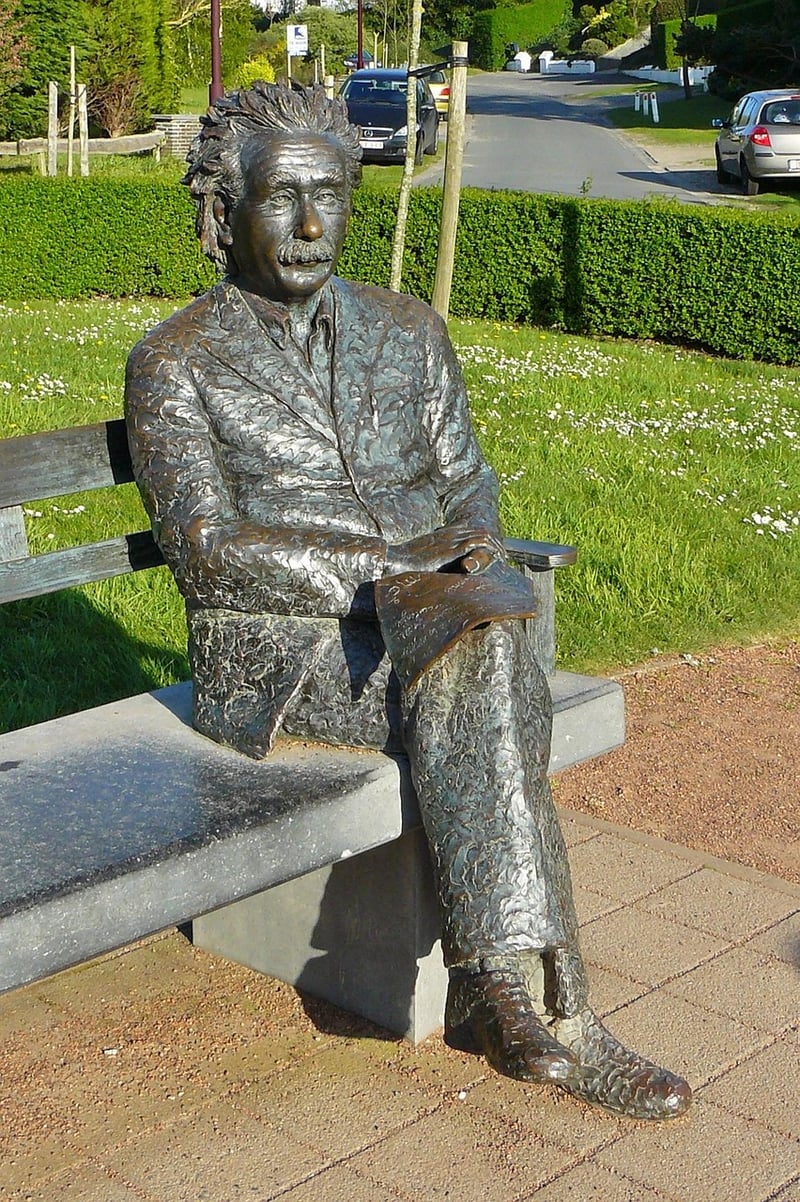Time Travel Rules
All About Time Machines and Time Travel Rules
Introduction to Time Machines
Time machines have fascinated humans for centuries, often appearing in science fiction as a way to explore the past or future. While time machines are currently theoretical, the concept of time travel continues to captivate our imagination.
How Time Machines Work
According to theoretical physics, time machines could manipulate spacetime to create closed timelike curves, enabling travel between different points in time. Theories such as wormholes and cosmic strings are often associated with these hypothetical devices.
Time Travel Rules
- Causality Principle: The principle that states an event cannot occur before its cause. Changing the past could lead to paradoxes like the grandfather paradox.
- Butterfly Effect: Small changes in the past could have significant, unforeseen consequences in the future, as depicted in chaos theory.
- Fixed Timeline: Some theories suggest that time is fixed, meaning any actions taken during time travel have already occurred in the past.
- Parallel Universes: Multiverse theories propose that time travel creates branching timelines, each representing a different outcome of events.
Time Travel in Popular Culture
Time travel has been a popular theme in movies, TV shows, and books. From classics like H.G. Wells' "The Time Machine" to modern hits like "Back to the Future" and "Doctor Who," time travel continues to inspire creative storytelling.
Conclusion
While time machines remain a product of speculation and fiction, the concept of time travel sparks our curiosity about the nature of time and the possibilities of exploring different eras. Whether in science or in storytelling, time travel will always be an intriguing subject.

For more information on time travel and theoretical physics, you can visit Space.com.
